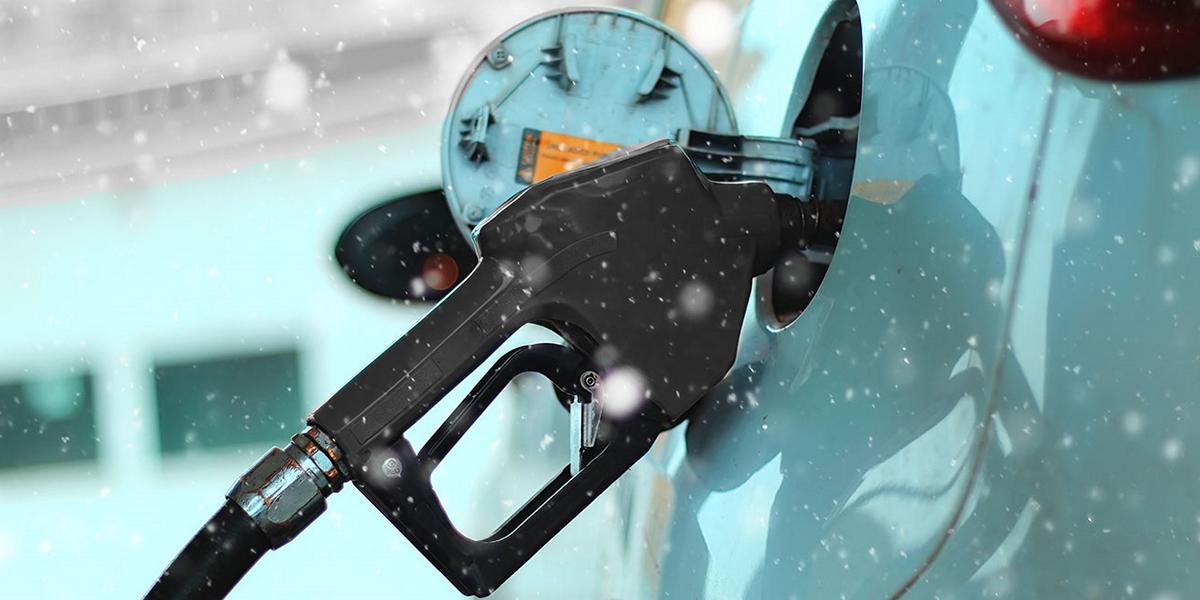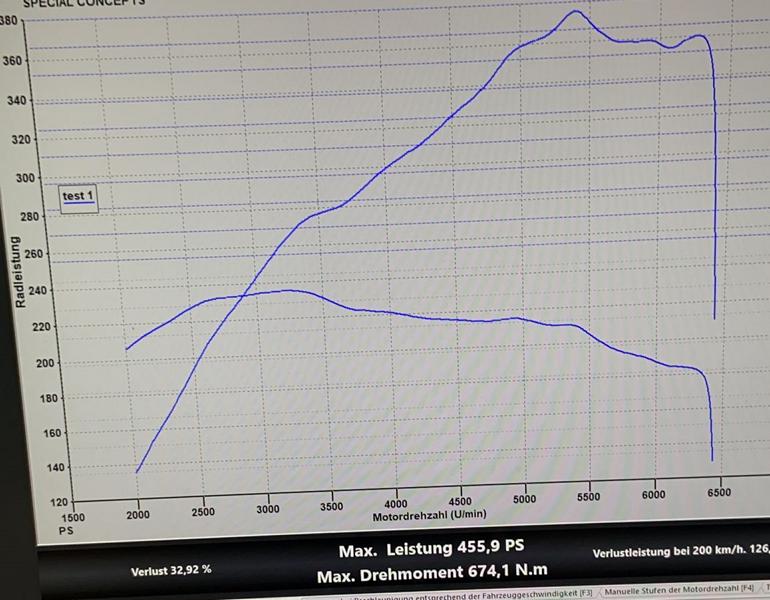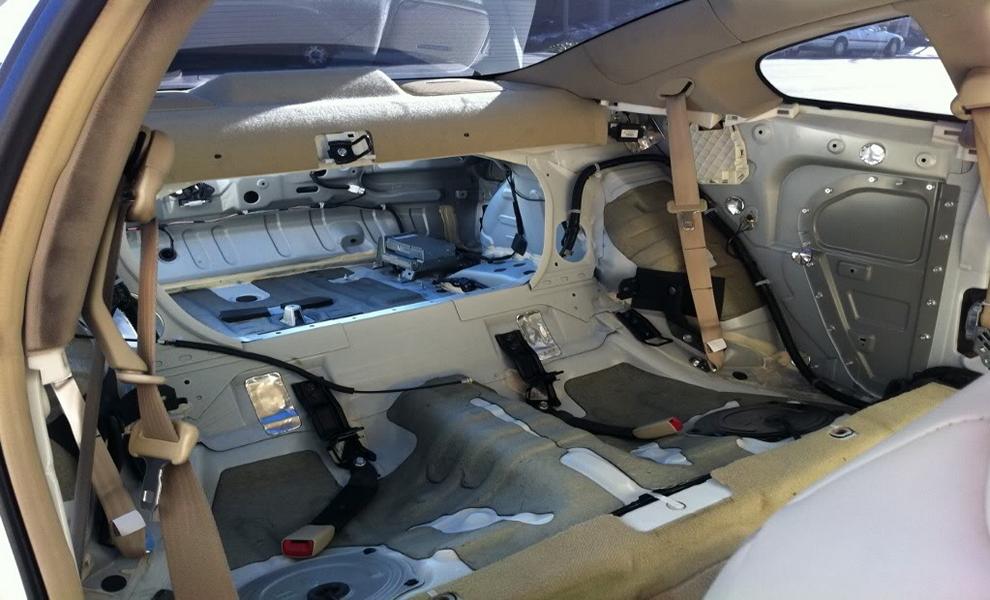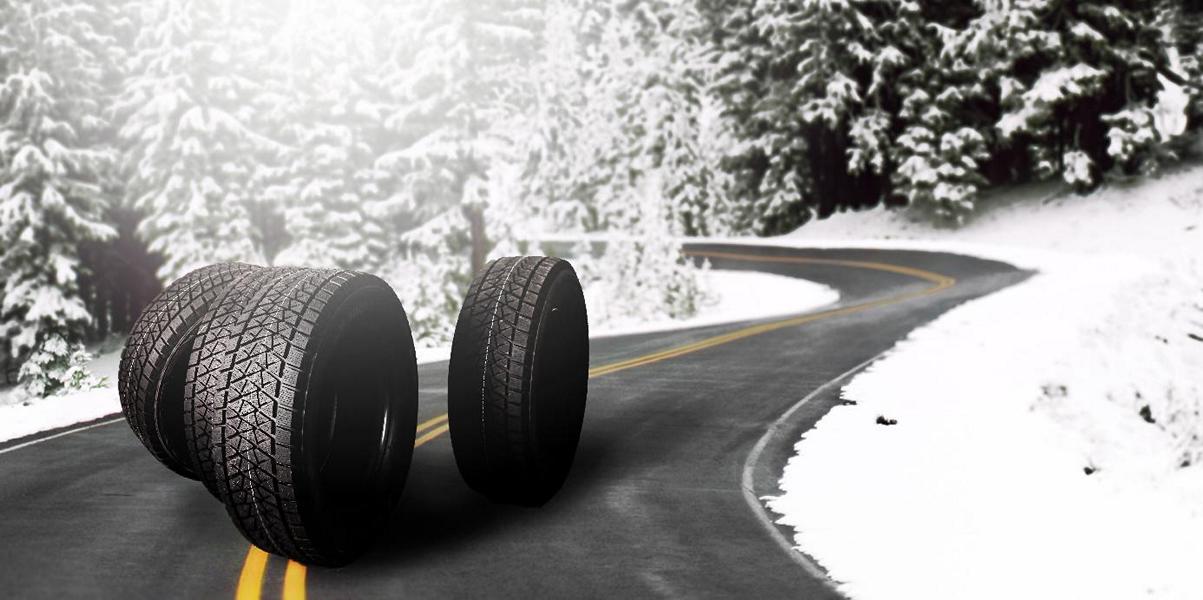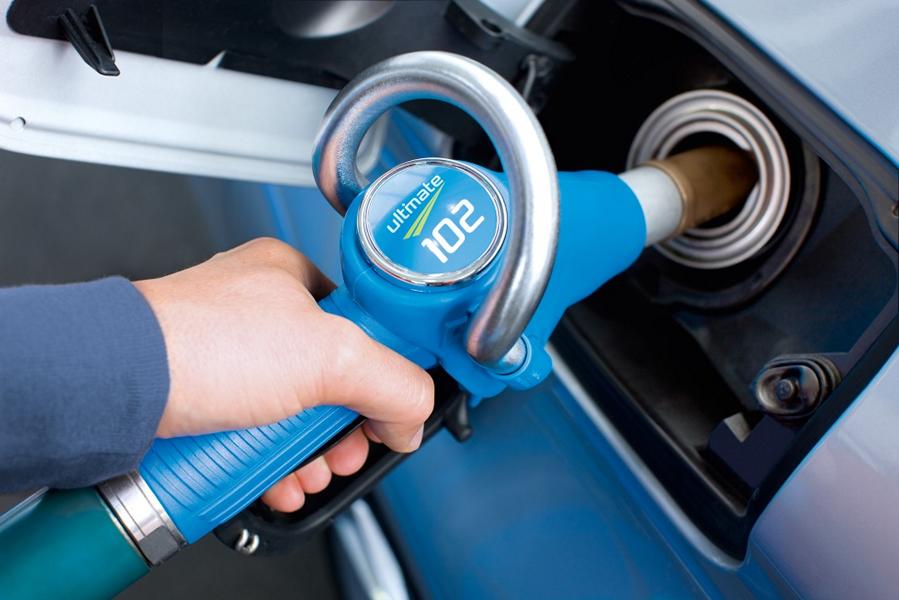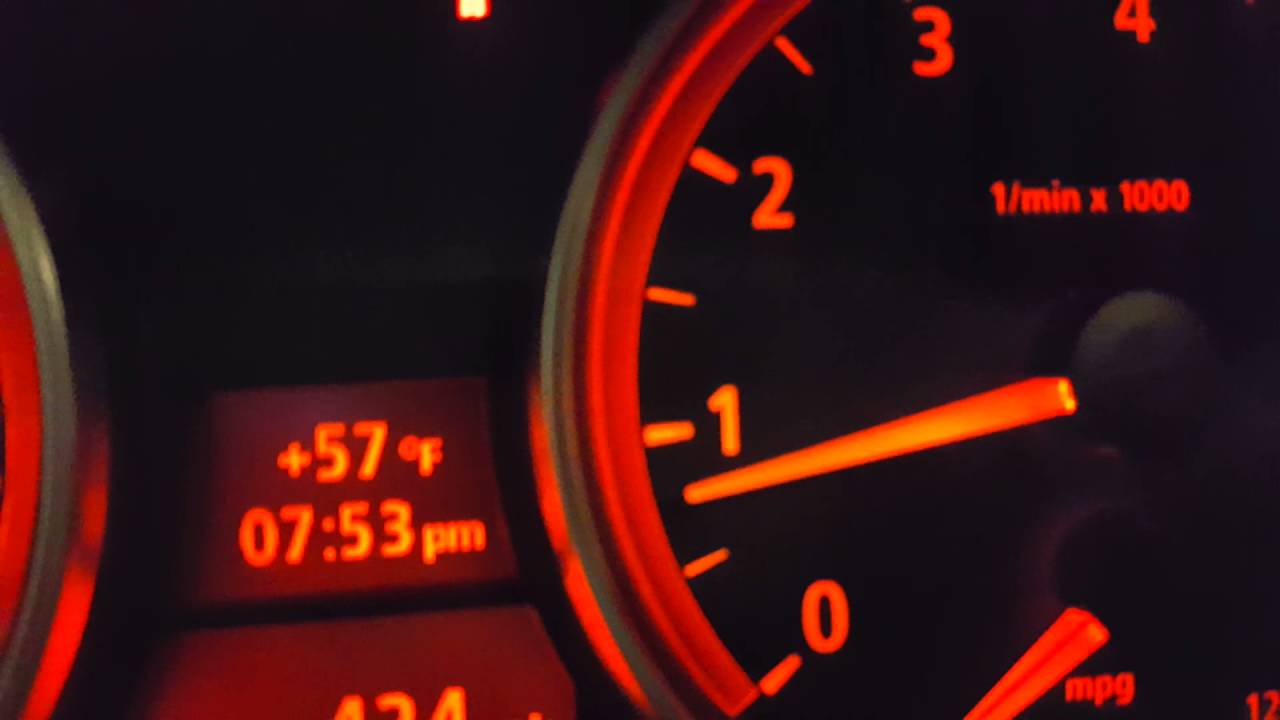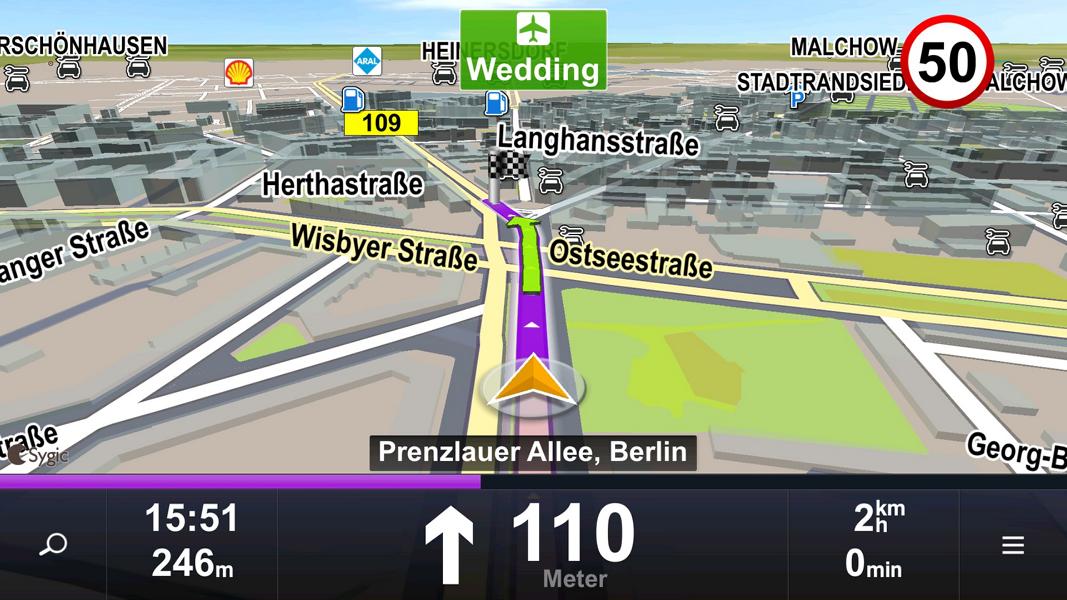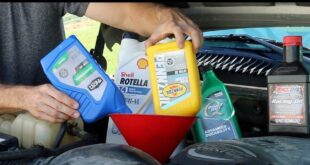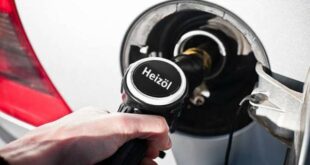Drive the car with less fuel consumption! The fuel prices currently only know one way, upwards and even over the 3 euro limit without any momentum. And that our government only cares about its own pocket, that should have been clear to every “normal” person for many years. So we're trying to help a little with tips and tricks Save fuel. In order to save money, there is only one way to reduce the vehicle's fuel consumption. In the following guide we explain various methods to move the vehicle more effectively, which saves money on petrol & diesel. Info: All terms linked in the article lead to the corresponding topic and explain it in more detail!
Variant A – the correct tire pressure is important
That's right tire pressure, the fuel can drop by up to three percent. On average, a tire loses 0,07 bar in a month. When it's cold, like in winter, the pressure decreases because the thermal contraction of the air is different. Therefore, the tire pressure should be checked at least monthly, even better weekly be checked. In addition, the correct tire pressure prevents the Tires wear unevenly.
- Air compressors can be found at most gas stations. Many of these compressors stop at a certain level. If the compressor has filled up a lot of air, it makes sense to carry out a check with a second device.
- There are built-in ones valve stem extensions. This makes it possible to remove the closures and fill the tire. It should be checked regularly that there are extensions no foreign body located.
- There is one recommended air pressure. This air pressure always applies for cold tires. Therefore, the air pressure should be best in the morning or in start of journey be measured. The vehicle should not have traveled more than three kilometers from the parking lot to the compressor. If it's really hot that day or the car has been driving for a long time, then about 0,2 bar can be recommended be added. The recommended pressure can be found in the owner's manual or on a decal located on the driver's side door jamb or inside the gas cap. The tire has a pressure rating stamped on it. It is important to know that this is not the recommended pressure, but the maximum possible pressure indicates.
Is the engine tuned correctly?, it becomes efficient, which means maximum performance on the one hand and good performance on the other fuel efficiency. It should be noted here that tuning is often only tuned for performance and the measures intended to save fuel are often switched off. the spark in the engine should also be in good condition. The oil should be regular and timely changed will. the Air Filter should be clean and some more. the engine air filter must be checked regularly. If the filter is dirty, fuel consumption increases. When idling, a dirty air filter can even cause the engine to stall. Anyone who has ever mowed dusty grass will have run out of mowers. It's the same for the air filter when driving on dusty roads or driving behind a dusty truck. So avoid driving through clouds of dust. the Fuel Filter should be according to the manufacturer's specifications exchanged regularly will. This goes a long way in increasing fuel efficiency.
As little weight as possible! If you don't want to replace your car with a lighter model, you should Reduce weight in the vehicle. Not needed Seats can be expanded. Heavy things should only be in the trunk when they are needed. Anyone who manages to banish 50 kilograms of weight can up to two percent save fuel. Important: Weight is only important in stop-and-go traffic. Anyone who mainly drives on the motorway does not really benefit from it effectively. And, do not remove objects from the vehicle that are used regularly, even if they are heavy.
The tires of the vehicle should be narrow can be selected, but still meet individual requirements and suit your own driving style. Since narrow tires have less tread, they reduce air resistance. Less tread also means less traction, that's what you see in race cars wide tires. The tires must also match the rims Compatible be. At best, they should be the tires that the manufacturer installed at the factory. Tip: It may only then smaller tires raised if the manufacturer allows it. There are tires with low rolling resistance (Low-friction tires). These tires reduce fuel consumption by a few percent. But the difference isn't big enough to cancel out inflation. From an economic point of view, tires that are still drivable should not simply be replaced. If the vehicle is fuel injected, the oxygen sensors, engine emissions system, and evaporative emission control systems should function optimally. If the Engine control lamp is lit, there may be problems with those components. If, for example, the sensor for the oxygen is defective, the vehicle gets a fuel mixture which too fat enriched is. If the sensor is repaired or replaced, this can increase consumption reduced by up to 20 percent.
Variant B – need less fuel
Only fill the tank halfway and refill when it reaches a quarter. If there is not enough fuel in the vehicle, it can lead to the fuel pump have to work more. It should be noted here that 40 liters of fuel around 30 kg weight mean. If the tank is only half full, this increases fuel efficiency. When a oil change pending, then you can use natural or synthetic oil add an additive. If the manufacturer's instructions are followed, fuel efficiency may increase by up to 15 percent raise. However, the benefit is questionable! Does the car really have to work less if it gets a synthetic oil additive? Overall, the oil is not getting noticeably thinner. In addition, the oil circulation is rather a small task for the engine.
Value high-quality fuel. There are "discounter" brand fuels, which are usually a few cents cheaper, but can more ethanol contained, which is then burned faster. It can therefore be worthwhile comparing how far the vehicle can travel with which fuel. If the car is moving in stop-and-go traffic, then if possible on the Air conditioning renounce. The air conditioning means that the engine has to work harder and thus consumes more fuel. And when driving on the freeway, studies show that cars are more fuel efficient. The air conditioning should then be used and the windows should remain closed. Having a window open increases drag and fuel efficiency sinks.
If you want to get by with less fuel, you have to pay attention to how hard the engine has to work. Important points are here: the acceleration, the air conditioning and the speed. Important here are the revolutions per minute, or rpm for short, that the engine has while driving. It will turn out that there are good and bad speed ranges. If the tachometer reads more than 3000 rpm, then you may be in too low a gear. So ride relaxed and always keep the pedal relaxed. Then the engine can accelerate the vehicle, although the engine speed remains low. The rule of thumb is that the lower the average speed, the easier it is for the engine to run, and the less fuel it needs. How can the speed be monitored? Many vehicles have a second display to the left of the speedometer.
this is the Rev counter. It usually shows the speed x1.000 at. So when the needle is between two and three, the RPM is at approx. 2.500 rpm. If the speed is between 2.000 and 3.000 rpm, one speaks of one efficient speed zone. An attempt should be made to rev up as often as possible below 2.000 rpm to keep. 2.700 rpm should be exceeded as little as possible. This would mean that the speed almost never exceeds 65 km/h. Depending on the type of road, between 80 and 90 km/h are possible in the city and around 105 km/h on the motorway, although the speed is 2.500 rpm does not exceed. But there are also tachometers that do not work with x1.000, but with x100. By observing how hard the engine is working, its efficiency zone can be found out, which can result in an increase in kilometers.
Variant C – the individual driving habits
- If possible, one Cruise Control to use. It keeps the speed constant and reduces it, especially on the freeway Consumption.
- Drive slowlier. The faster the vehicle is traveling, the more power it takes to break the air resistance. This means that the engine has to work harder. As part of the acceleration can increase fuel consumption by up to a third increase if the throttle is pushed too hard.
- Accelerate with feeling and only press the accelerator pedal gently. A moderately high airflow helps the engine to work efficiently, keyword: throttle. For small to medium-sized engines, the power peak is at 4.000 to 5.000 rpm. Does the vehicle have a Manual transmission, the driver should deal with the short switching. When the target speed is reached, shift into higher gears, as much as possible skip the transitions. An example: The goal is 50 km/h. Start in first gear, accelerate to 40 km/h in second gear and then directly into fourth gear, or even fifth. Depending on how the vehicle can best maintain the 50 km/h.
- Brake a little. Braking dissipates energy produced by fuel. And after braking you need speed be increased again, which requires a lot of fuel. Smooth driving without braking and accelerating requires less fuel. It is therefore particularly worthwhile in city traffic anticipatory driving. Coasting toward a red light or other congestion while idling can save fuel.
- Not too much idle. When idling, a relatively large amount of fuel is consumed. A vehicle should always be warmed up, preferably with a moderate, slow driving style. In the winter can it will be beneficial to the engine one to two minutes to run at idle.
- What speed is the best for your own car? Many vehicles have the best fuel efficiency at 80 km/h. The correct speed can be found out with the highest gear. It is the Minimum speed, with which the vehicle in top gear moves.
- If the vehicle has an automatic transmission and above Overdrive available, you should use it unless you are towing a heavy trailer. Overdrive is an overdrive that reduces engine speed at certain speeds, thereby requiring more torque. Overdrive is typically engaged when the selector is in D. Many models have a button on the selector lever that can turn off the overdrive. It may be useful to turn off overdrive when going downhill or uphill. A ¾ engine revolution, which comes into the gearbox, becomes a full turnwhen she comes out.
- Do not circle around in parking lots. Do not look for a parking space in front of the shop door, prefer the empty part of the parking lot. Don't sneak around the front of the parking lot and wait for a space to open up. Many spend a lot of time idling and “creeping” until a parking space becomes available.
- on sufficient Safety distance respect, think highly of. Do not stick to the bumper of the car in front. In order to keep a short distance, you have to accelerate and brake a lot. Better to drive relaxed. Better to drop back and have more leeway when the front man's brake lights come on. It may then be possible to continue rolling without having to brake. And you can accelerate better from the roll.
- Drive slightly across the oncoming traffic, so turn left as little as possible. In left-hand traffic, the rule would be to turn right as little as possible. Waiting for a gap to turn left creates idling and wasted gas. Of course, this only works as long as the destination plays along.
Variant D – plan the tours.
- plan trips. To do this, create a list for everything that needs to be done with the vehicle. So it's good to combine different goals. This consumes less fuel, since some routes may be saved and you travel less.
- Precise route planning. Use the routes with the fewest stops, few curves and little traffic. Motorways are more fuel-efficient than inner-city traffic.
- Record how many kilometers were covered with how much fuel. Collect the data in a table. With this, the focus is on the right focal point and the method is accurate. This will reveal which methods save fuel and which do not.
More fuel saving advice:
- The Driving habits affect consumption. If you drive carefully and prudently, you will notice the difference in your fuel consumption.
- A pair of Roof rack should be dismantled when not needed. If this is not possible, at least the cross member should be removed, this reduces the air resistance on the front face.
- However, the engine should not form any carbon deposits. For this he should once a week a high speed reach (on the motorway or when overtaking).
- Save fuel at the drive-in: rather park and walk in.
- If possible, plan trips and errands so that they low-traffic times take place. This reduces stress when driving and has a positive effect on mental health.
- Don't wait idle at the drive-thru or gas station. Shut off the engine until you can continue.
- In the buying a car take fuel consumption into account.
- Anyone who travels a lot in the city can benefit from a hybrid vehicle.
- There are Injector cleaner as an additive to fuel, these can damage older vehicles.
- If you are stuck in traffic, for example at rush hour, a Breakto get something done differently can work wonders on personal stress levels and fuel consumption.
Pay attention to this - caution:
- Driving close to other vehicles is dangerous. The so-called "slipstream driving" should remain in the car race and thus on the racetrack. The vehicle in front could suddenly brake or even stop. It might swerve because there is an obstacle. It could drive over something that your vehicle doesn't have enough ground clearance for. Dust on the road could be thrown up or the car in front could have an accident. Therefore always keep sufficient distance.
- A safe distance from the vehicle in front is three seconds. This means that most of the surprises covered by the vehicle in front can lose their negative impact.
- There are oil additives, which will void the car's warranty. Therefore, pay close attention to the information on the packaging and, if in doubt, contact the vehicle manufacturer.
- Be careful with miracle cures, which should achieve a large saving. Many of these magic bullets were proven ineffective decades ago.
- Be careful with changes Engine control unit. The changes may save fuel, but they can also change the factory settings in a way that damages the engine.
- It can also be dangerous to drive slowly, especially on the freeway. Who the recommended speed around 20 km/h falls below must have activated the hazard lights, otherwise it is prohibited.
Of course, that wasn't the end of it!
tuningblog has countless other articles on the subject of car and auto tuning in stock. Do you want to see them all? Just click HERE and look around. In part, we would also like to provide you with news aside from the tuning. In our category Tips, products, information & Co We have reviews of car or accessories manufacturers, new ones Tuning Wiki Terms or one or the other Leak veröffentlicht. Following an excerpt of the last articles:
"Tuningblog.eu" - we keep you up to date on the subject of car tuning and car styling with our tuning magazine and present you the latest tuned vehicles from all over the world every day. It's best to subscribe to ours Feed and will automatically be informed as soon as there is something new about this post, and of course also to all other contributions.
 tuningblog.eu Your magazine about tuning the car
tuningblog.eu Your magazine about tuning the car
